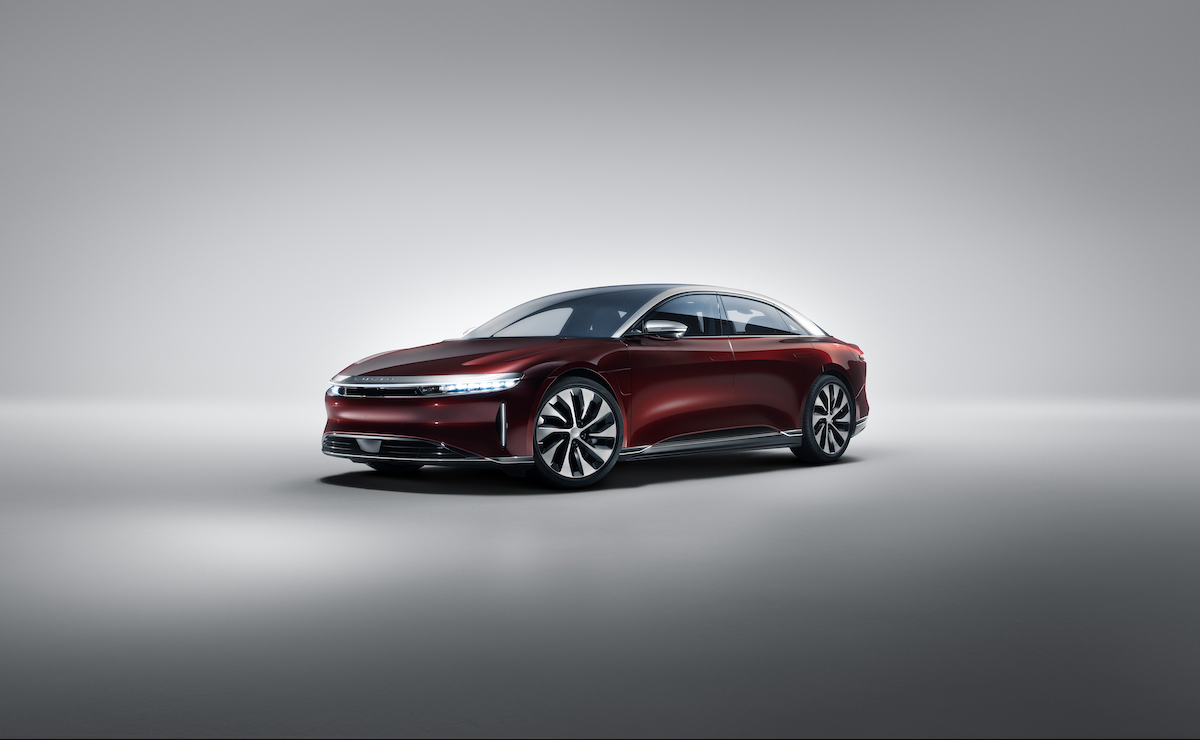I am convinced that Tesla's products and the recent surge in its stock price are well known by the mass; in addition, there are also two startup brands I’d like to introduce to you today – Rivian and Lucid. These two companies announced their listing on Nasdaq in the past few months; Lucid reaches a value of 70 billion USD, while Rivian hits the bar of 100 billion USD in its market value in just one week following its IPO, mercilessly surpassing that of centennial automobile manufacturers GM and Ford. To people’s perplexity, the two companies just powered on their production lines for mass production of vehicles to be delivered to their customers, and the “burning” of their cash flows may remain for several years more. In other words, they all wish to follow the Tesla business model, whose financial "misery" process may recur and impact the operations of these two startup brands in a condensed manner. Can they meet the expectations of investors and survive the startup stage to become the next Tesla? Let's take a look at some fundamentals:

-Backed by major players. The major shareholders behind Rivian include Amazon and Ford (i.e. Ford initiates their conducts to play safe), while Lucid is backed by Saudi Arabian funds. Even so, rounds of funding may be required in the next few years for cash capital increase, which is undeniably a major challenge!
-High-end pricing for products. This is a complete replica of what Tesla did to their initial attempts of their sports car line Roadster, yet the difference is, Rivian focuses on large pickups and SUVs, and Lucid adopts luxury sedans as its flagship product. Regardless of its product competitiveness, they might experience a tougher operation compared to Tesla and become unable to develop oversea markets under self-constraints at the American soil if they fail to catch up with German and Japanese automakers in terms of assembly quality and delicacy in design for their products. Bear in mind that what really made Tesla stood out is its release of affordable EV Model 3, which is neither the early Model S nor the Model X.
-Construction of fast charging facilities. As greater battery capacity becomes the market trend, the charging power becomes crucial, making the deployment of fast charging facilities a key factor in the popularity of vehicle sales. The U.S. government has determined to make major monetary contributions to the construction of public charging facilities for EV. Fast charging station network companies such as "Electrify America" are also rapidly deploying EV charging posts, while Lucid will apparently deviate from Tesla's manner by adopting charging plugs of industry standards and refraining from building its own large-scale fast-charging network at any dedicated roads. On the contrary, Rivian is completely taking conceptions oriented from its off-road products by setting up fast-charging stations in the mountains and wilderness. Such orientations may relieve them from rapid burnout of cash.
-Insufficient assembly and production capacity. Tesla has been at a financial loss for many years, with mere profits from carbon emission trading. Its de-facto profiting does not realize until the massive rollouts of Model 3 in Q2 this year. Judging the projected production capacity in the upcoming years from Tesla's experience, these two automakers with little to none experience in mass production could meet great difficulties even when they attempt to realize the annual output of 20,000 vehicles in 2022.